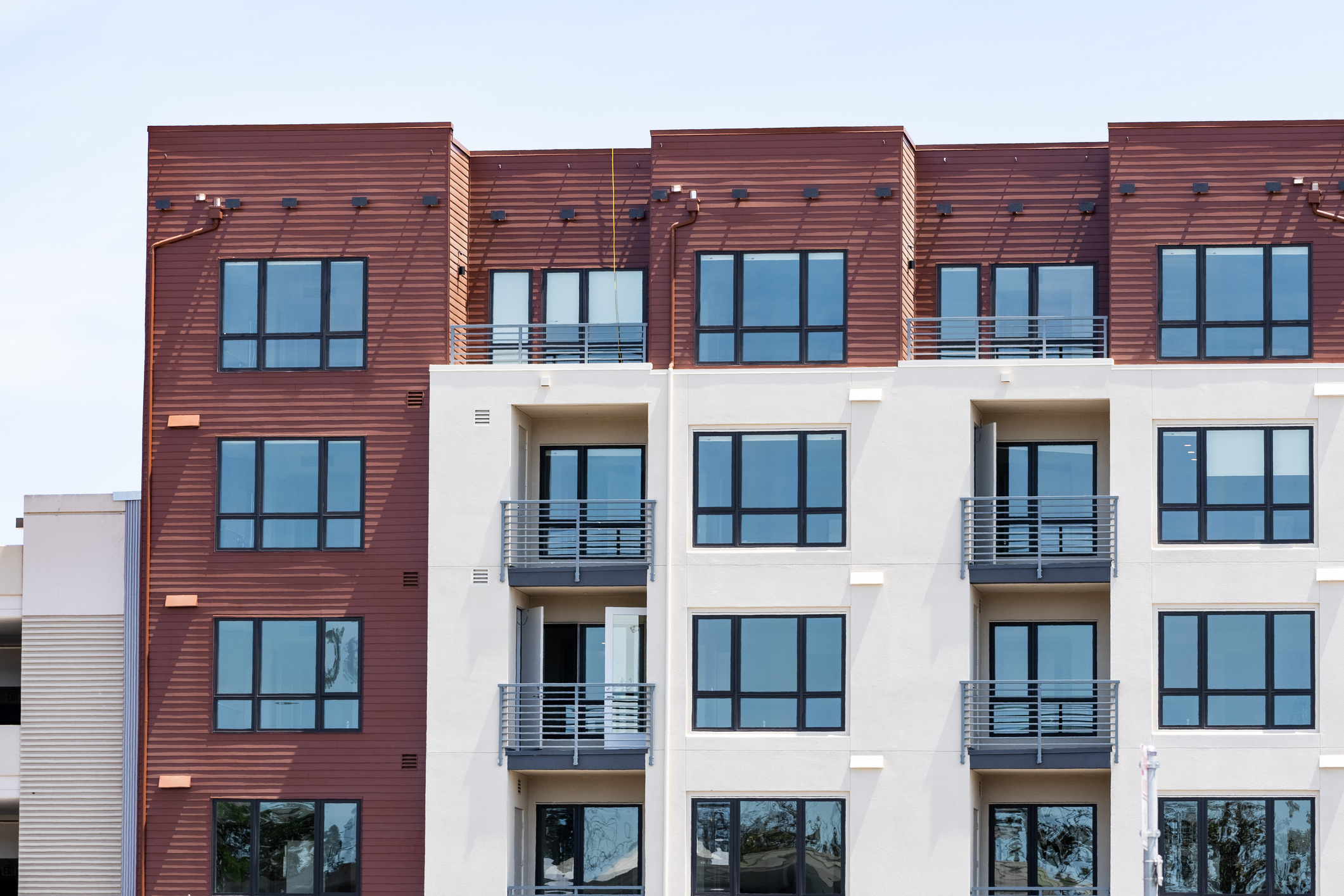In multifamily housing, regular safety meetings play an important role in protecting residents, enhancing community safety, and maintaining operational efficiency. These meetings provide property managers with the opportunity to address critical safety protocols, educate residents, and ensure compliance with fire codes and other regulations.
By addressing a variety of topics, property managers can reduce risks, foster trust, and proactively address safety concerns while creating a secure and welcoming environment. Unlike traditional security video feeds that only passively capture footage, SentriForce’s advanced solutions offer real-time monitoring and proactive alert systems, significantly enhancing the power of video surveillance. Our technologies empower property managers with actionable insights and faster response times, creating a more effective safety ecosystem. With the growing emphasis on safer living environments in recent years, these meetings and proactive security measures have become essential for benefiting both property owners and residents.

Key Topics for Multifamily Housing Safety Meetings
1. Fire Safety
Property managers should educate residents on the proper use and placement of fire extinguishers, compliance with fire codes, and avoiding hazards like improperly used charcoal grills. Clear evacuation plans for common areas are essential to ensure that residents know how to respond during an emergency.
2. Electrical Safety
Electrical fires are a significant concern in multifamily units. Safety meetings should cover proper appliance usage, the importance of regular inspections, and tips for safely using electronic devices. As a property manager, you can enhance community safety by sharing best practices for electrical safety and encouraging residents to report potential issues.
3. Slip and Trip Hazards
Fall hazards are common in multifamily housing, especially in ground floor areas and common pathways. Addressing maintenance issues, such as uneven walkways and poorly lit staircases, can significantly reduce these risks. Surveillance solutions provide visibility into high-risk areas, enabling property managers to respond swiftly to potential hazards.
4. Emergency Preparedness
Preparing for emergencies is critical for multifamily properties. Safety meetings should include discussions on disaster response plans tailored to the zoning district, such as evacuation procedures and shelter locations. Providing your residents with actionable steps for various scenarios can improve their readiness and overall public safety. Integrating video surveillance into emergency plans and drills enhances response times and situational awareness during critical events.
5. First Aid Basics
Providing basic first-aid training equips residents and property managers with the knowledge to handle minor injuries. Topics like treating cuts, burns, and falls can be lifesaving in emergencies. Having first-aid kits readily available in common areas is also a recommended best practice.
6. Resident Communication and Safety Procedures
Effective communication is key to implementing safety protocols. Property managers should use safety meetings to inform residents about new rules, provide updates, and encourage feedback. Clear communication ensures that residents are aware of procedures and fosters a sense of community safety. Additionally, surveillance technology ensures transparency and supports ongoing communication efforts by capturing real-time incidents.
7. Reporting Incidents
Encouraging residents to report safety incidents promptly can help you address issues before they escalate. Setting up a simple and accessible reporting system ensures residents feel heard and that safety concerns are prioritized.
8. Maintenance Safety Practices
Regular maintenance is crucial for ensuring safety in multifamily units. Property managers should discuss best practices for maintenance teams and emphasize the importance of addressing issues like faulty wiring, leaking pipes, and deteriorating structures. Video surveillance complements these efforts by enabling proactive monitoring of common maintenance issues.
9. Proper Use of Common Areas
Educating residents on the appropriate use of common areas promotes a safer living environment. Topics like avoiding misuse of gas grills, adhering to community rules, and respecting shared spaces are vital for maintaining safety in multifamily housing.
10. Awareness of Potential Hazards
Raising awareness about hazards like carbon monoxide exposure and misuse of gas grills is vital. Safety meetings should include guidance on detecting and preventing such risks to protect residents and enhance public safety. Adding video surveillance systems to common areas increases hazard visibility, providing an additional layer of protection.
Best Practices for Conducting Safety Meetings
To make safety meetings engaging and effective, consider these best practices:
- Use visual aids or invite guest speakers, such as public officials or council members, to discuss public safety topics.
- Keep meetings concise and focused on relevant topics to maintain residents’ attention.
- Regularly update safety protocols to reflect changes in regulations or property needs.
How SentriForce Supports Multifamily Housing Safety
At SentriForce, we understand the unique challenges of managing safety in multifamily properties. While traditional security systems and access control solutions serve a purpose, our advanced video surveillance technologies greatly enhance overall safety and operational efficiency. Our solutions, including video surveillance and license plate recognition, are specifically designed to help property owners and managers, like you, enhance community safety and operational efficiency. These tools empower you to address safety concerns effectively, fostering secure and compliant multifamily properties.
Safety meetings are an essential part of this process, providing a framework to discuss critical topics like fire safety, emergency preparedness, and resident communication. By partnering with a trusted safety expert like SentriForce, you can simplify safety management, ensure the well-being of residents, and create safer, more welcoming communities.



